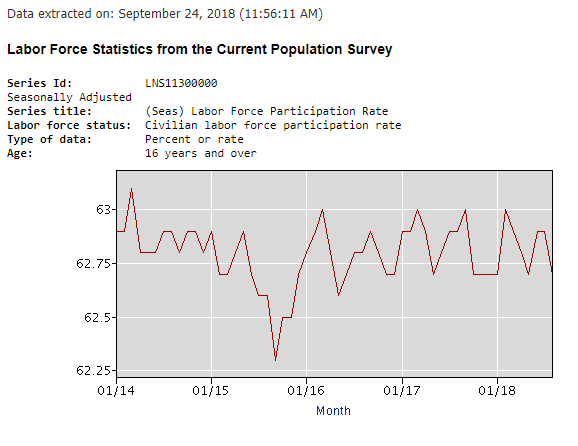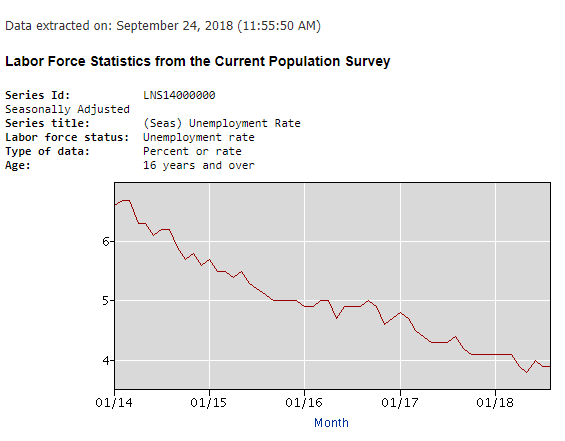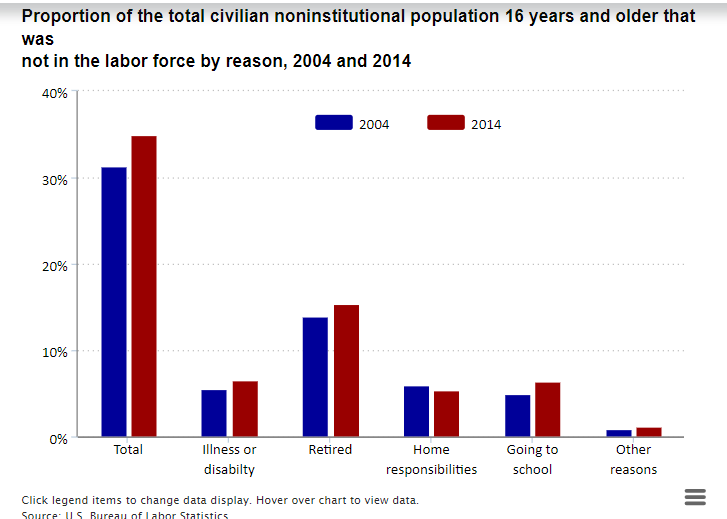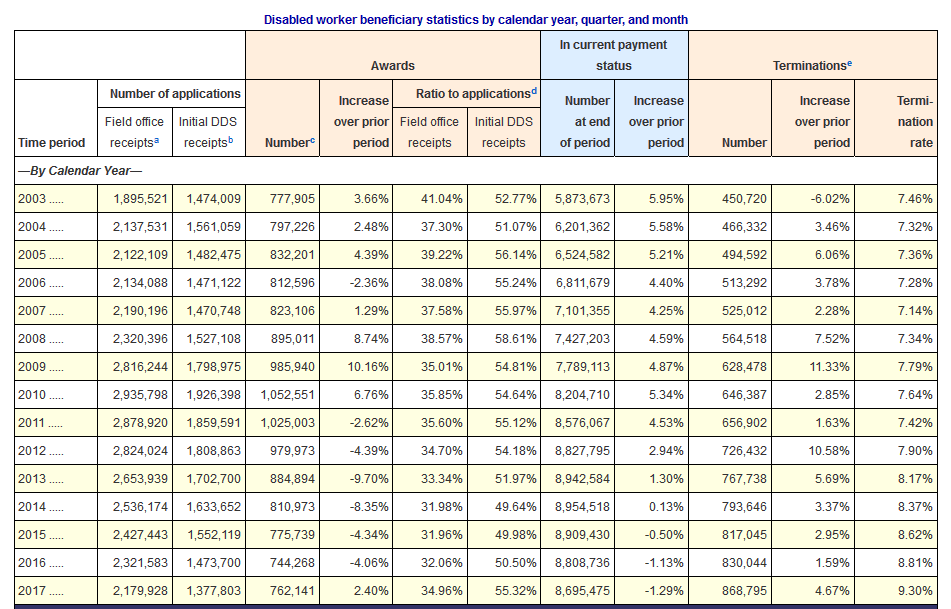That’s been the case at my current employer too. 10 years ago, those staff were employees. Now they’re contractors. Same with cafeteria staff and grounds crew. Not that there was a path for those staff for internal job transfers before though so not really more obstacles now to upward mobility.
Except China never agreed. The V.S.G. makes lots of claims that are a figment of his delusions.
The U.S. has had tariffs since 1787. In modern times, the U.S. has had broader tariffs since early in the 20th century. It is chronologically impossible for China to have imposed tariffs first.
Do try and keep up.
Nope.
You keep getting it wrong.
~ According to the Professor of ‘Diary Production Economics’ at Ohio State University, more than a hundred Ohio dairy farms have gone under and closed since the tariffs were enacted.
~ When asked about all the soybean farmers that will lose their farms after this years harvest as a result of his tariffs, the V.S.G. tells a South Dakota news reporter, “Well, they would’ve lost them anyway…”
No, they were doing great. That lame excuse ain’t gonna fly in farm country.
Raise your wages!
~ According to ADP/Moody’s payroll count, companies only added 163,000 jobs in August, a considerable slowdown from previous months.
~ Economists surveyed by Reuters had been expecting 190,000 new hires, which would still have been well less than previous years 206,000/mo average.
~ The ‘National Labor Participation Rate’ is at the same level it was in 1977. No surprise the ‘Unemployment Rate’ is so distorted.
The labor force participation rate is little changed in the past 4 years.
In that time unemployment is down >2% points.


And ?
It’s still NOW down to 1977 levels.
That “little” change did the trick.
It is.
You think the ‘National Labor Force Participation Rate’ at 1977 levels is a “positive” ???
My thought as well.
A strong economy and fewer people working at the same time is not a bad thing.
I’m not sure what the “optimal” or ideal labor force participation rate is exactly but we’ve had in recent decades too many families with 2 people essentially forced to work simply in order to make ends meet.
Less of that the better.
Labor force participation rate is very tricky indeed. As a single income household with a stay at home spouse (by mutual choice), I am of course aware to our contribution to the decline of this number.
I think a lot of the conservative negativity toward a smaller labor force participation rate number stems from a decline that came after unemployment benefits were lengthened and then there was an increase in working age folks on disability not long after the 2008 crash. I.E. There are more freeloaders that have given up looking for work or never bothered, some of which are using a non-debilitating disability as a crutch and gaming the social safety net. I have no idea to what extent this negativity is warranted.
Ideally, every able-bodied single person that isn’t independently wealthy between school age and retirement age is working, except when one person in a marriage is a homemaker (by choice). The question is, what is that number and what is the participation rate of that number. I don’t know where that statistic is (or if it even exists somewhere), but I’d love to see it mapped over time next to the official labor force participation rate and the unemployment rate.
Yeah. There are a lot of variables that impact the labor force participation rate.
Here’s one chart from BLS citing reasons for why people are not in the labor force…
data :
Longer report : https://www.bls.gov/opub/btn/volume-4/people-who-are-not-in-the-labor-force-why-arent-they-working.htm
Labor force participation peaked around 2004 and is fairly steady from 2014 to today. So this chart pretty much captures the decline in % participation. I don’t know if BLS tracks these reasons annually or what but they might.
The net difference was 3.7% decline in participation rate.
-1% from illness or disability
-1.5% from retirements
+0.6% from home responsibilities (stay at home parents and ccaring for elderly etc)
-1.4% people going to school
-0.3% for “other reasons”
3/4 of the people who are not in the workforce due to illness or disability are 55 years or older. As the Boomers aged that # rose and impacted the participation rate.
Overall 1/2 to 3/4 of the changes in participation rate are probably simply due to the aging of the Boomer generation. And at the other end over 1/3 of the decrease in labor participation % is due to more people going to school which is an ongoing trend for younger people entering the labor market with more and more of them in college. ~80% of the increase in people who are not in the labor force because they’re in school is among people under 24 years old.
The other reasons and home responsibilities and younger disabled people all add up to less than 1% change.
Most of the change in labor force participation is purely demographics with the boomers aging and Millenials (and gen Z ) going to college at higher rates.
You’re right about the number of SSDI recipients increasing. There were significant claimant and recipient increases in 08, 09 and 10. For the past three years, the number of recipients has been ever-so-slowly declining. Although it is slow, it’s pace is increasing.
https://www.ssa.gov/OACT/STATS/dibStat.html
I think that a low labor participation rate could be bad for income inequalities. Forget the macroeconomics of GDP and production output, and imagine an economic system where a minority of workers are extremely productive and contributing to a healthy GDP, while a larger portion of the population is on subsidies. Wouldn’t that increase wealth inequality?
This is unfortunately not that far fetched a scenario. There will be new jobs created by automation and AI advances but very unlikely enough to make up for the job lost from it. Also, the added jobs in this area are unlikely to be entry level/unskilled labor. So I expect the labor participation rate to steadily decline in the future. And it’s hard to see the masses left out of the workforce, being well taken care of or valued very high in a pure market economy-driven society. So a considerable amount of things would need to happen socially, legislatively, and in the collective mentalities before that changes.
True these workers would likely vote in favor of more social assistance (although many times people vote against their best interests) but even so, it’s hard to imagine their income getting high enough to close the gap between those out of the work force long-term and those with high-skill jobs. Which is why I think the lower labor participation is gonna lead to more income inequality, at least in this country and for the near future.
I think the fear that computers and robots and self driving cards are going to obsolete the majority of human workers is far overblown.
We had the same fears for decades going back over 100 years going back to the industrial revolution. Everytime theres any major technological innovation people forecast that the new technology will make humans obsolete and cause mass unemployment.
Maybe this time is different. And maybe we’ll all be driving flying cars next decade.
This article captures some of the history of “technological unemployment”
That used to be more true than perhaps it is now. Look at China as a model of the new technologically enabled totalitarian state - do you really think the masses there have a chance to start an uprising against the ruling elites when every phone is tapped and any anti-government online comments are closely monitored? If they decide they don’t like you, you’ll be lucky to get the Alex Jones “no one will do business with you” treatment instead of disappearing you into some unknown jail or shallow grave.
Now there certainly could be a coup in a system like that, but that’s more like what happens in 3rd world dictatorships or North Korea or something. One day you’re president for life, and then next day, the army decided your life was ending sooner than expected. In short, it seems like inequality of income or goods or whatever is likely to persist unless the ruling classes decide they want to change it, and they are the ones with the least incentive to do so.
Never is that more apparent than today. ![]()
Isn’t North Korea the definition of a 3rd world dictatorship? ![]()
I think we’re far from an uprising as long as the non-working class can still get fed more than most of the world, and still get their government handouts. Our country still does something right/wrong?
If you can still survive off the system and for those who are capable of working and still choose not to work, we have a long way to go before they uprise. Yet the system has a lot to change before it finds a balance towards equality.
I don’t know about the rest of you but I stopped watching the news during the time of the last housing/market collapsed in 2006 because I was so pissed about hearing constantly of the bailouts and executice parachutes that it made me sick to my stomach (still try not to watch the news to this day because of it).
Every American is and should be aware of the huge inequality difference, but we’re far from revolting. My two cents. Life is ok for me as a middle class worker but I’m not exactly happy with the multi-million salaries and too big to fail mentality for the .01% that still persists to this day. This present tax reform hasn’t done much to change my state of mind or encourage my thinking.
(Disclaimer: I am not the owner of a large size company or executive of an enterprise.)
Yeah poverty rate in the US has been bouncing around 10% +/-2% for like 5 decades. I can’t see how this leads to “uprising”.
The more the top 1% gets stinking rich while the rest of us tread water, the more people will be annoyed. So I suppose we may see more protests ala occupy wall street. More Bernie voters, etc. But “uprising”? No.
I agree although we have not seen the effects of automation and AI on the labor force nor do we know the societal treatment of those who won’t be able to find work because of it. IF the rate of poverty does remain stable, then I’ll concur that an uprising is very unlikely.
But there could be other mechanisms. Knee-jerk reaction at the polls could be one. Even without outside intervention to be honest. Outside interference is only possible is the problems are already there and the flames need only be fanned.
Brain/skill drain could also be another if social mobility appears more constrained. If opportunities become better elsewhere, people will move. Or even to a lesser extent, if prospects for upward mobility are not as high as they once appeared, foreign skilled workers may not immigrate to the US as much as they once did. I’ve already see some signs of that happening now both in my industry and academia. And it’s not solely based on the recent political climate (which has not been particularly attractive to immigrants) because this trend had already started under the previous administration.


